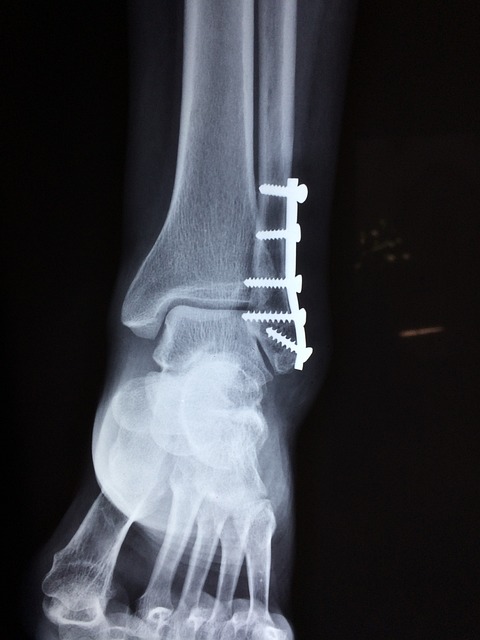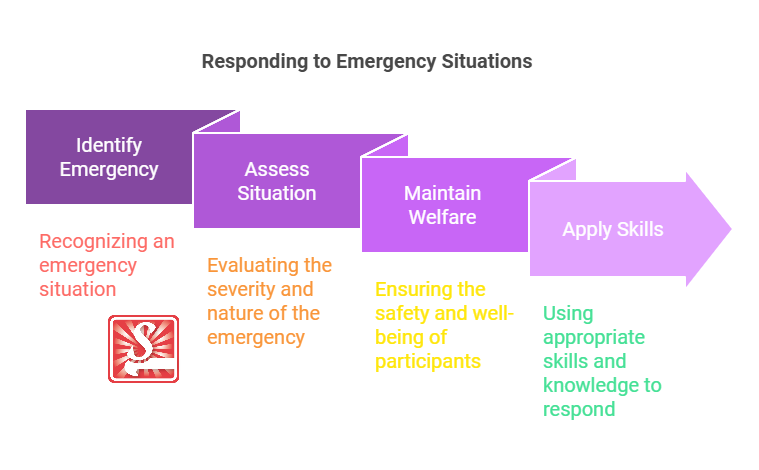Chain of Command When Responding to Emergency Situations
Posted by SkillMaker in Dec, 2024
What is a concise description of the chain of command when responding to emergency situations?

The chain of command during emergency situations refers to a structured hierarchy that dictates the order and authority by which decisions are made, communicated, and implemented. It ensures clarity, coordination, and effective response by establishing who is responsible for making critical decisions and facilitating communication.
Why do people in enterprises need the chain of command when responding to emergency situations?
Enterprises need a clearly defined chain of command during emergencies to prevent chaos, reduce uncertainty, and maintain organizational control. Having a predetermined structure ensures swift decision-making, effective communication, and the ability to coordinate efforts across different departments, vital for safety and continuity.
“A well-understood chain of command is crucial for ensuring coordinated action and effective responses during emergency situations in workplaces.”
What are the key components or elements of the chain of command in responding to emergency situations?
Key components of the chain of command include:
- Leadership: Designating roles and responsibilities to key personnel.
- Communication: Creating lines for effective information flow.
- Hierarchy: Establishing levels of authority for decision making.
- Coordination: Ensuring all departments work in unison.
- Training and Drills: Regular practice to maintain readiness and understanding.
What key terms, with descriptions, relate to the chain of command in responding to emergency situations?

Registered Trademark®
- Emergency Response Plan (ERP): A comprehensive plan outlining procedures for responding to emergencies.
- Incident Commander: The individual responsible for all aspects of emergency response.
- Span of Control: The number of individuals or resources one person can effectively supervise or manage.
- Command Post: The centralized location of emergency management operations.
- Delegation of Authority: Assigning decision-making power to individuals lower in the hierarchy.
Who is typically engaged with operating or implementing the chain of command in responding to emergency situations?
Key personnel include emergency response coordinators, incident commanders, department heads, team leaders, and communication officers. These individuals ensure the chain of command is executed effectively, facilitating order and a streamlined response during emergencies.
How does the chain of command align or integrate with other components of Sport and Recreation?

In Sport and Recreation, the chain of command ensures that safety protocols are followed and incidents are managed efficiently. It integrates with risk management and operational protocols, supports clear communication, and aligns with safety training initiatives to create a safe environment for participants.
Where can the student go to find out more information about the chain of command in responding to emergency situations?
What job roles would be knowledgeable about the chain of command in responding to emergency situations?
Roles include:
- Emergency Response Coordinators
- Health and Safety Officers
- Incident Commanders
- Risk Management Officers
- First Responders
What is the chain of command when responding to emergency situations like in relation to sports, family, or schools?

In sports, the chain of command is similar to a coaching staff overseeing player safety and strategic decisions. In a family, it’s akin to parents ensuring the home’s safety and making decisions in emergencies. In schools, it resembles an administrative hierarchy ensuring student safety and coordinating emergency drills.
(The first edition of this post was generated by AI to provide affordable education and insights to a learner-hungry world. The author will edit, endorse, and update it with additional rich learning content.)


 Post Tagged with
Post Tagged with